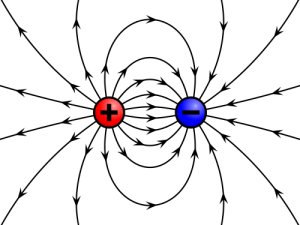Not long ago, I wrote a response to Bill Nye’s anti-science video. A commenter replied by posting a link to a blog that attempted to defend Nye’s indefensible statements. I quickly pointed out the many errors in the article, and the commenter obviously sent my response to the author, Emil Karlsson. He has now written another post in an attempt to defend his position. Unfortunately, it is more error-filled than his original post.
Here is my attempt to correct his errors, in the order he presents them:
1. Mr. Karlsson still tries to make excuses for Nye’s false statement about evolution denial being unique in the U.S.
In his reply to me, he gives Nye’s full quote from the beginning of the video. He then tries to claim that Nye was not saying exactly what he said – that denial of evolution is unique to the U.S. Mr. Karlsson claims:
So Bill Nye is not making the naive claim that denial of evolution is unique to the United States in the sense that it does not exist anywhere else, but rather the claim that United States is unique in being a highly technologically advanced society, yet have [sic] a large proportion of the population being creationist.
Of course, Nye is saying nothing of the sort. Nowhere in Nye’s statement can you find the words “large proportion.” In addition, while Nye certainly mentions technological advancement, he is using it as a descriptor for the United States, not a qualifier for his statement. Regardless of the mental gymnastics of Mr. Karlsson, Nye’s statement is unambiguously false.
However, let’s assume Mr. Nye really did mean what Mr. Karlsson claims, even though Mr. Nye said something completely different. Even if that’s the case, his statement is still a complete fabrication. Would Mr. Karlsson agree that Germany is technologically advanced? The study to which he refers indicates that more than 20% of its population denies evolution. The same is true of Italy, Spain, the Netherlands, and Switzerland. In the U.S., a larger percentage (roughly 40%) deny evolution, but that’s not drastically different from the percentage found in many other technologically-advanced nations. Even in the U.K., the percentage of people who deny evolution is greater than 15%.
In the end, then, even in technologically-advanced nations, denial of evolution is common. It is a bit more popular in the U.S., but it is certainly not unique to the U.S. Of course, the U.S. has always been on the cutting edge of science, so it’s not surprising that it holds a slightly higher percentage of people who see the serious scientific problems with evolution!





